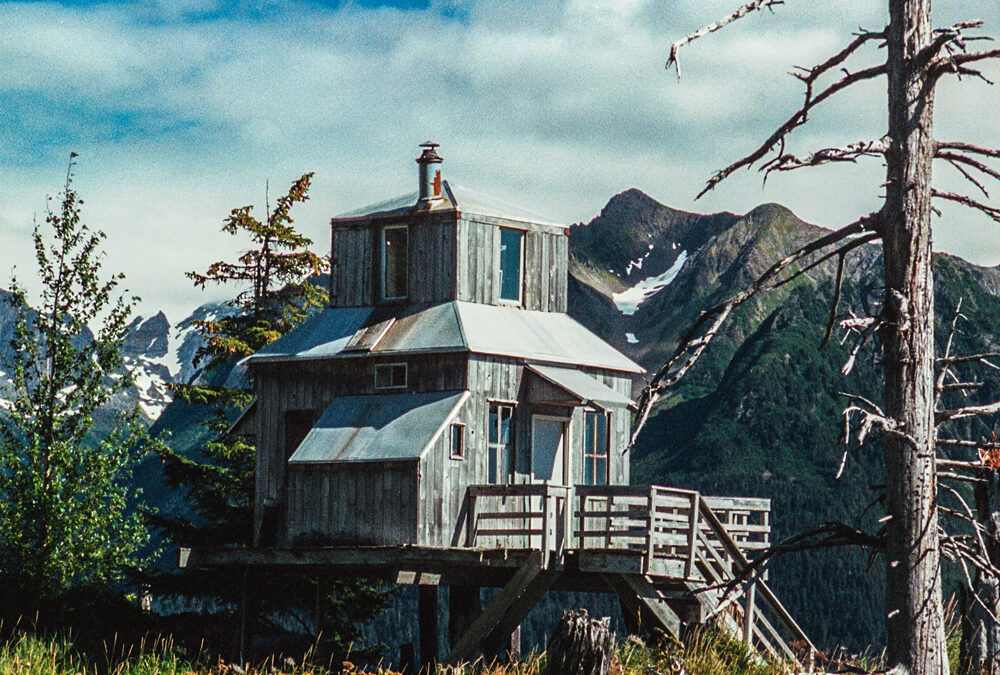Capturing the Elements: How Weather Impacts the Shot 🌦📸
When it comes to photography, light is everything—but the weather determines how that light behaves. At Pro Pix USA, we’ve learned that understanding weather patterns isn’t just about staying dry or keeping gear safe—it’s about harnessing the elements to create unforgettable images. Whether you’re shooting an air show, a landscape, or a candid moment in the rain, weather photography challenges photographers to see beauty in every condition.
The Influence of Weather on Photography
The atmosphere sets the tone of a photograph. A bright, sunny day tells one story, while a foggy morning or stormy sky tells another. Knowing how to read and adapt to the weather gives photographers the power to control mood, tone, and emotion.
Sunshine creates sharp contrast and vibrant color. Clouds, on the other hand, soften shadows and provide balanced lighting. Rain can bring reflections and drama, while snow transforms ordinary scenes into tranquil, light-filled dreamscapes. Every type of weather brings its own magic—it’s up to the photographer to use it creatively.
Planning for the Perfect Conditions
When shooting outdoors, planning around the forecast can make or break your results. Weather photography is about being prepared but also flexible enough to work with nature, not against it.
Study the Forecast
Before heading out, check reliable weather apps or aviation forecasts (especially if you’re shooting air events). Note not only precipitation but also humidity, wind direction, and temperature—all of which affect lighting and lens performance.
Choose the Right Gear
Moisture and electronics don’t mix well. Always carry rain covers, lens hoods, and microfiber cloths to protect your camera. In bright sunlight, a polarizing filter can reduce glare and enhance skies. For foggy or rainy shots, use manual focus to maintain control, as autofocus may struggle in low-contrast environments.
Embrace the Unexpected
Weather changes fast—and sometimes that’s when the most stunning images appear. Storm clouds breaking open, fog rolling off a runway, or sunlight piercing through after a downpour—these moments are fleeting but unforgettable. Always be ready to shoot.
The Creative Power of Weather
At Pro Pix USA, we’ve witnessed how the weather can transform an ordinary event into something spectacular. Shooting an air show under moody skies, for instance, adds drama and contrast to every frame. A setting sun behind the smoke trails of the Blue Angels creates a once-in-a-lifetime image no clear sky could ever match.
Light and Mood
Cloud cover acts as a natural diffuser, perfect for portraits or detailed shots where you want soft, even light. Conversely, shooting in harsh sunlight demands careful positioning to avoid overexposure or heavy shadows.
Color and Texture
Rain enhances color saturation, giving surfaces a glossy, reflective quality. Snow simplifies scenes, removing distractions and emphasizing contrast. Even wind adds motion and energy, especially when capturing subjects like aircraft, trees, or flags.
Turning Challenges into Art
Weather can be unpredictable—but that’s what makes it exciting. Great photographers know how to adapt to shifting conditions, turning obstacles into opportunities. Sometimes, a stormy day yields the most memorable shots, full of energy, tension, and atmosphere.
At Pro Pix USA, we embrace every forecast. Rain or shine, our goal is to document the moment exactly as it feels—raw, real, and alive. Because sometimes, the best photos aren’t taken despite the weather—they’re taken because of it.
Final Thoughts
In the world of weather photography, patience and preparation are just as important as creativity. Each condition offers a different canvas—one that challenges your technical skills and inspires your imagination.
So the next time clouds roll in or the wind starts to rise, don’t pack up your gear. Instead, take a deep breath, adjust your settings, and capture the beauty that only weather can create.
At Pro Pix USA, we know one thing for sure: the sky is never the limit—it’s the beginning of the shot.

